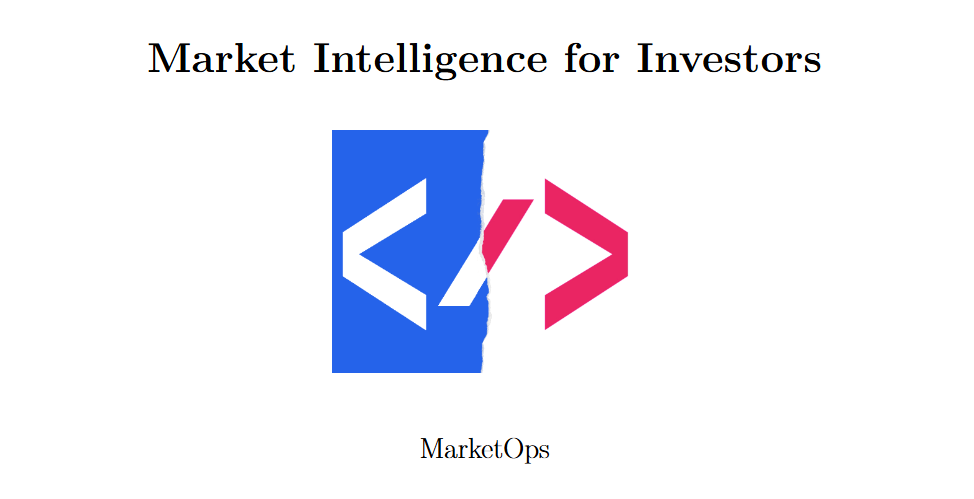Table of contents:
Introduction.
The paradigm shift.
About technology.
About cyber risk.
About resources.
About populism, politics and geopolitics.
About demographics.
Introduction
A few days ago, the Bank of America Institute released a pretty interesting report—you can find it in the appendix at the end. It describes the past few years at a macro level. It discusses how unprecedented events—a global pandemic, aggressive monetary policies, and geopolitical tensions—have disrupted traditional growth paradigms.
As an investor, you'll find it interesting. Because after moving from a world defined by quantitative easing and large-scale fiscal interventions, we now find ourselves on the brink of a future marked by rapid technological disruption, transformative geopolitical alliances, and evolving demographic patterns.
Let's digest it and see the implications this has for owr pockets.
The paradigm shift
Let’s take a time machine back to the early 2020s—a world where multi-trillion-dollar stimulus packages, near-zero interest rates, and inflation rollercoasters stole the spotlight. According to the report:
We’re leaving that era of “big, broad brushstrokes” behind. Now, we’re stepping into a world of hyper-focused, micro-level changes.
Instead of obsessing over whether central banks will pivot tomorrow, we’re drilling down into the nitty-gritty of digital insecurity, resource bottlenecks, and evolving demographics.
What’s the big deal?
Well, consider that global supply chain disruptions—once front-page news—are morphing into more targeted resource constraints—like the sudden scramble for rare earth metals or the ballooning cost of data center cooling. Investors have to track these sector-specific wrinkles rather than just broad macroeconomic themes. The stakes are high: a single micro-trend can reshape entire industries faster than you can say “quantitative easing.”
The report shines a spotlight on four mega-trends that will shape the next five years:
Technology: AI is moving at warp speed. Imagine a world where computing costs plummet by over 90% while processing power explodes. That’s the trajectory experts predict as AI and quantum computing become as common as smartphones.
Digital insecurity: Cybercrime costs are set to rocket toward $15.63 trillion by 2029–30—that’s trillion with a “T.” Plus, deepfake attacks are now happening every five minutes, adding a futuristic twist to fraud and misinformation. Watch out for this, there's money here!!
More of everything: The demands for computing power, water, energy, and critical metals are going through the roof. Picture massive server farms, all guzzling enough water to hydrate entire cities, and you’ll get the idea.
Rebuilding: We’re talking trillions of dollars needed to upgrade roads, bridges, power grids, and digital networks. Smart grids, advanced transportation, and 5G expansions are all on the menu.
Populism: Anti-globalization vibes, immigration crackdowns, and possible constraints on central bank independence—these shifts could raise inflation floors to a new “normal” of around 3–4%.
War and peace: The US-China trade tug-of-war continues, reshoring is gaining traction, and there’s a push to wind down “forever wars” that have long strained budgets and geopolitics.
The rise of zoomers and boomers: Gen Z’s digital-first lifestyle is colliding with Baby Boomers’ multi-trillion-dollar wealth. This demographic mashup is set to redefine everything from real estate markets to luxury travel.
Health as the new wealth: From AI-assisted drug discovery to global economic impact of obesity, healthcare is morphing into one of the most dynamic arenas for innovation and investment.




